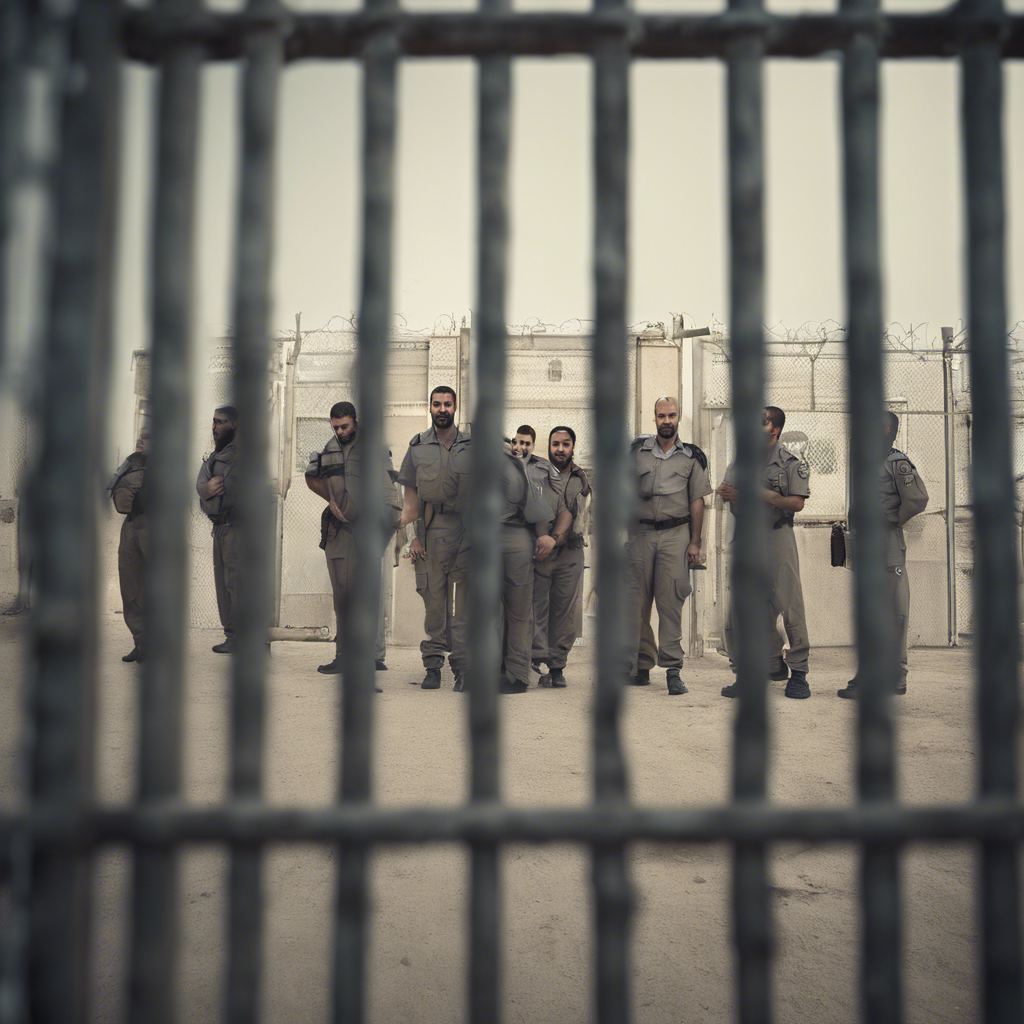Locked Up: Who are the Palestinians in Israel’s Prisons?

Hamas hopes to swap more for Israeli hostages
As part of a truce between Israel and Hamas, Israel has released 117 Palestinian prisoners in exchange for Israeli and foreign hostages. The exchange is set to continue, with more prisoners and hostages being released. This practice of exchanging captives has been a recurring theme in the Israeli-Arab conflict. While Israel refers to the released Palestinians as terrorists, Palestinians consider them prisoners of war. This article aims to explore the identity of the Palestinians in Israeli prisons and shed light on the ongoing issue.
Profile of Palestinian Prisoners
Days before the truce, Israel’s government published a list of 300 Palestinians eligible for release. The majority of these prisoners are from the West Bank and East Jerusalem, with only five registered as residents of Gaza. Among them, around 90% are teenage boys between the ages of 16 and 18, and the remaining prisoners are mostly adult women. Only 67 have been sentenced, while the rest are awaiting trial. More than 200 were due to be prosecuted in military courts, including Palestinian civilians, some of whom are under 18. Human rights groups have raised concerns about high conviction rates, lack of legal support, and poor conditions in Israeli prisons.
Alleged Affiliations and Crimes
Israel claims that some of the 300 prisoners slated for release are affiliated with Palestinian militant groups, such as Hamas and Palestinian Islamic Jihad. However, close to half of them have no political affiliation. The prisoners are accused of various crimes, ranging from throwing stones to threatening regional security. Notably, none of them has been convicted of murder, unlike previous prisoner swaps where some released individuals had been found guilty of that crime.
The Larger Picture
The 150 prisoners to be released by November 28th represent only a fraction of the Palestinians held in Israeli prisons. Before the recent conflict, around 5,200 Palestinians were in Israeli jails, with over 1,200 in administrative detention, meaning they were held without charge. Since October 7th, these numbers have risen significantly, with estimates suggesting that Israeli authorities held 7,000 Palestinians in detention, including 2,070 in administrative detention, as of November 6th. This surge in numbers during intensified conflict is not uncommon. Since 1967, Israel has detained over 800,000 Palestinians in the occupied territories, including tens of thousands of children aged between 12 and 17, according to a UN special rapporteur.
Historical Context
Past prisoner exchanges have involved much larger numbers. In 2011, Israel freed 1,027 Palestinians in exchange for Gilad Shalit, a soldier captured by Hamas in 2006. In 1983, approximately 4,500 Palestinian prisoners were swapped for six soldiers held by the Palestine Liberation Organisation. The issue of prisoners holds great significance for Palestinians, as many have relatives incarcerated and feel deeply for their fate. Hamas, aware of this sentiment, hopes to benefit from this exchange, particularly in the West Bank, where their rival Fatah is widely disliked. The first batch of released hostages was greeted by crowds waving the Hamas flag in the West Bank.
Conclusion:
The release of Palestinian prisoners in exchange for Israeli hostages has been a long-standing practice in the Israeli-Arab conflict. The identity of these prisoners is diverse, with the majority being young boys and adult women. While Israel accuses some of having affiliations with militant groups, others have no political ties. The number of Palestinians held in Israeli prisons has surged during intensified conflict, with concerns raised about high conviction rates and poor conditions. The issue of prisoners remains highly emotive for Palestinians, and Hamas hopes to capitalize on this sentiment. As the exchange continues, the fate of these prisoners and the impact on the conflict remains to be seen.

